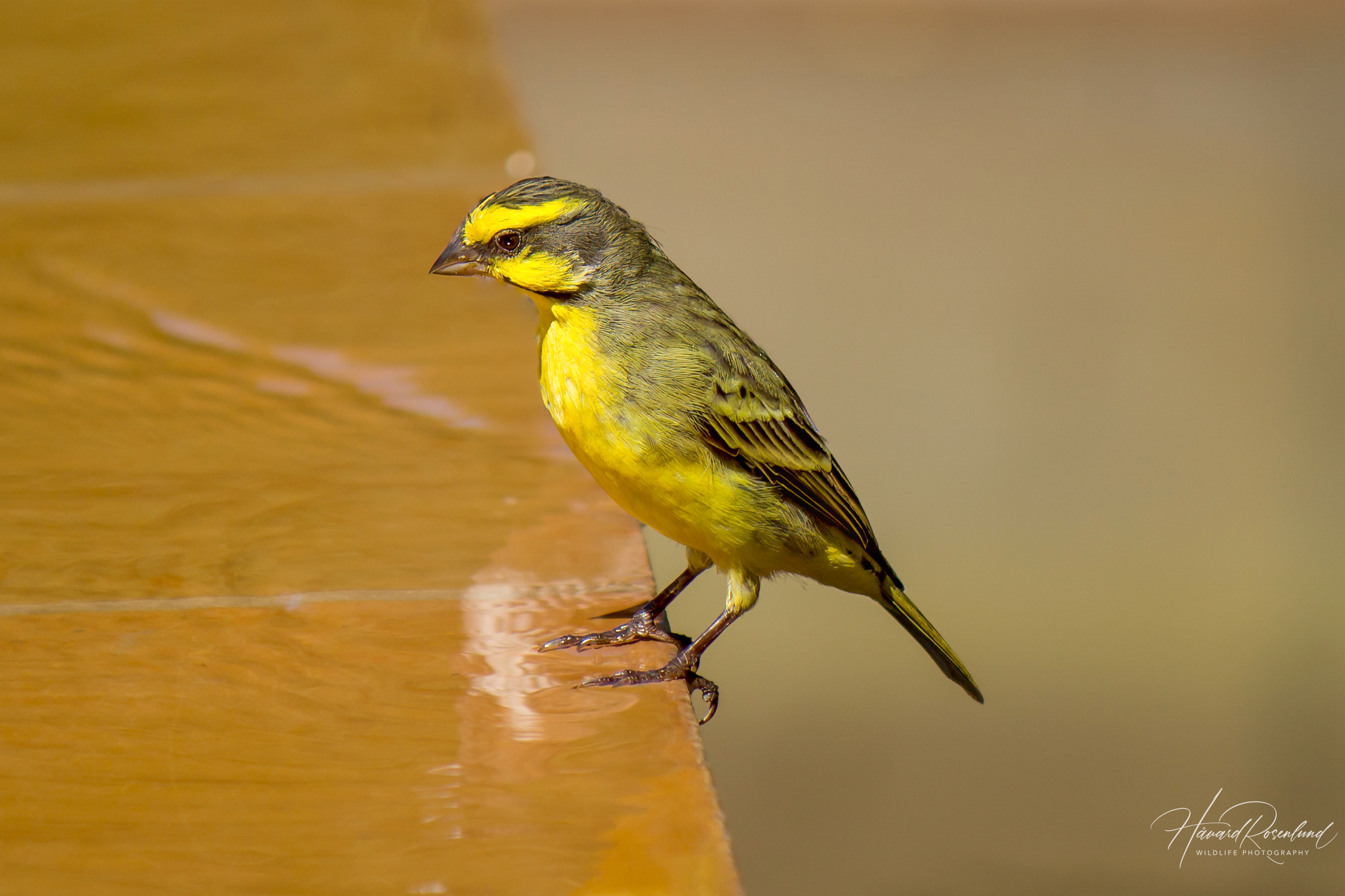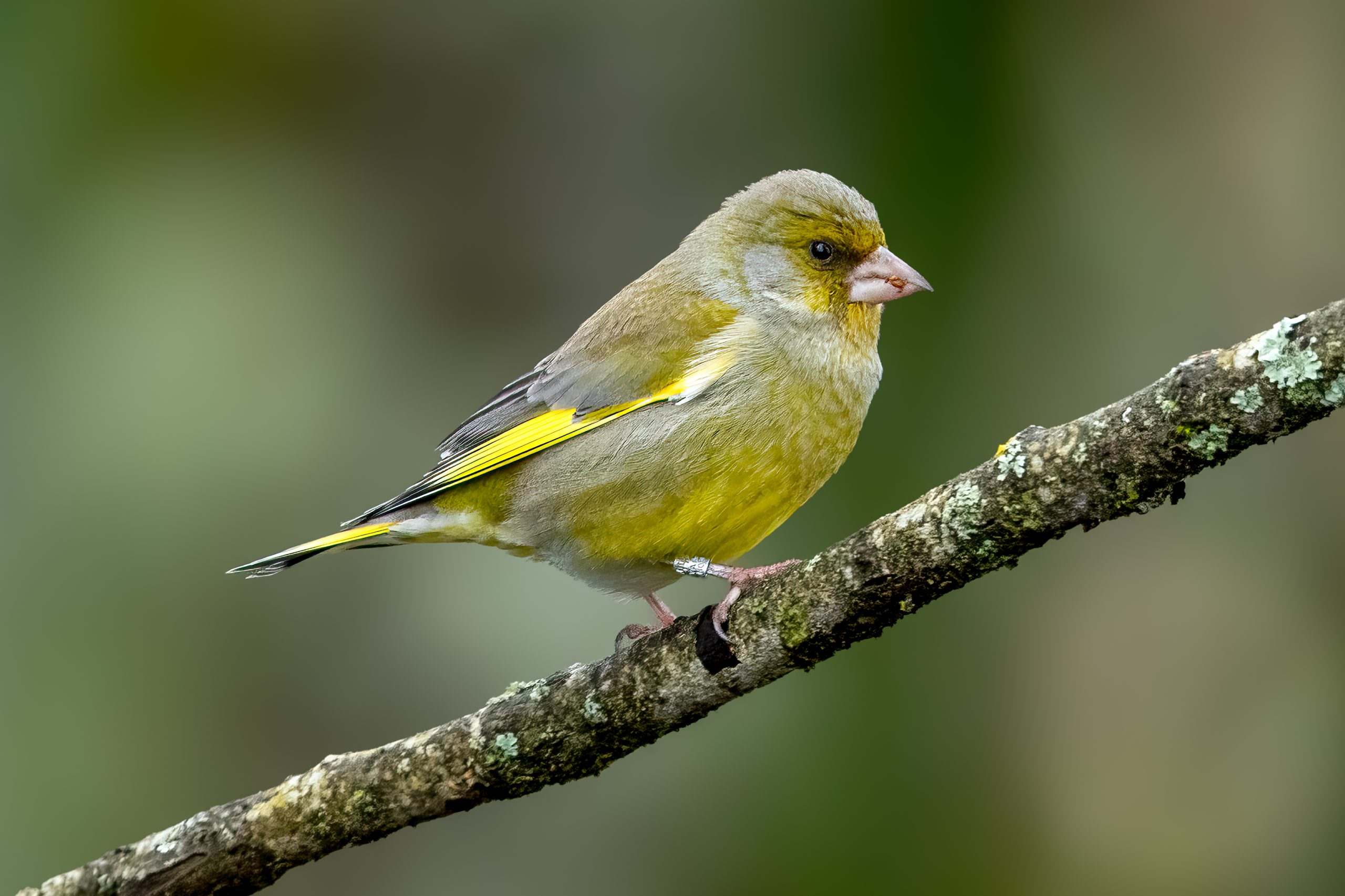Yellow-fronted Canary
(Crithagra mozambica)
Description
The yellow-fronted canary (Crithagra mozambica) is a small passerine bird in the finch family. Native to sub-Saharan Africa, it has a wide range extending from Kenya to South Africa. This bird is characterized by its bright yellow forehead, throat, and breast, contrasting with its olive-green back and wings. It has a grey crown and nape, and a distinct malar stripe. Males and females are similar in appearance, but juveniles have a more subdued coloration. It is similar in appearance to other canary species, but the grey crown and nape, contrasting with the yellow front, sets it apart.
Diet & habitat
Yellow-fronted canaries thrive in a variety of habitats, including open woodlands, grasslands, and savannas, as well as cultivated areas and gardens. They are versatile feeders, primarily consuming seeds from grasses and other plants. They also supplement their diet with small insects. These birds are often seen foraging on the ground or deftly picking seeds from grass stems.
Nesting
Breeding typically occurs during the rainy season, which varies across their range. Yellow-fronted canaries are monogamous and exhibit notable nesting behaviors. Nests are usually built in trees or shrubs, intricately woven with grasses and lined with finer materials. Females lay 2 to 4 eggs, which are incubated for about 13-14 days. After hatching, both parents feed the chicks, which fledge in about 17-21 days. The fledglings remain dependent on the parents for several weeks thereafter.
Status
The yellow-fronted canary benefits from its adaptability to various habitats, including those altered by human activities. However, like many wildlife species, it faces threats from habitat destruction and fragmentation. It is believed that its population is decreasing. It is still a widespread species and it is listed as least concern on the IUCN Red List.







